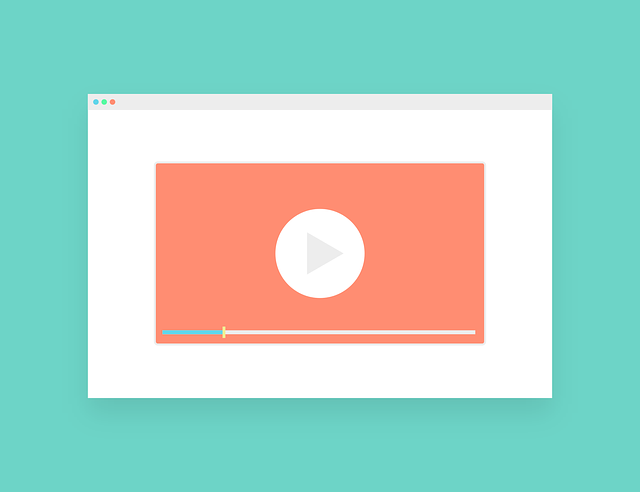Video advertising has become one of the most powerful and profitable tools for publishers to monetize their content. As a result, ad tech companies have developed innovative platforms that are helping publishers maximize their video ad revenue through different video ad exchanges and networks
The right video advertising platform allows publishers to take advantage of various capabilities such as flexible video ad formats, supply path optimization, and bid density in order to reach the desired outcomes from their video ads. In this article, we will discuss how these video ad networks can be used by publishers to increase their revenue from video.

In today’s digital world, video ads are becoming increasingly popular among publishers. With the right ad platform, publishers can not only increase their revenue but also maximize the overall effectiveness of their campaigns. Video ads provide higher CPMs and better CTRs than traditional display advertisements, making them an ideal choice for publishers seeking to monetize their content. Video content is engaging for consumers and advertisers are constantly trying to get rich media ads in front of their targeted prospects.
The Video Ad Formats Publishers Need to Try
Ad tech companies are now providing publishers with the tools and capabilities needed to take advantage of video ad exchanges and networks. Meanwhile, publishers are finding value in exploring different ad formats that are available to them as they seek to monetize their content in a more effective and less disruptive way for their audience. These include pre-roll, interstitial, overlay, and outstream video ad formats.
Pre-roll video ads are typically played before the start of the video content, providing publishers with additional impressions before the desired content is played. Interstitial ads are short video clips that appear between two pieces of content and can be used to promote a product or service. Overlay ads are displayed as overlays during video playback, while outstream ads are standalone video containers that show depending on where the publisher decides to insert the code, typically in a spot that is non-intrusive and naturally flows with the content on the page.
Supply Path Optimization Paves the Way For Better Video Ad Performance

Supply path optimization (SPO) is an important capability of video ad platforms that can help publishers increase their video ad revenue. SPO refers to the process of optimizing the supply chain of video ads, which can include a variety of different elements such as exchanges, networks, SSPs and DSPs. By utilizing SPO, publishers can ensure that they are taking full advantage of the capabilities provided by video ad exchanges and networks while increasing their yield. Controlling the dynamics of the auction is a crucial part of SPO that allows publishers to price and position their video inventory in a way that drives bid pressure, CPMs, and revenue up.
Find the Optimal Technology for Your Video Monetization Program
Video advertising platforms provide publishers with a great opportunity to monetize their digital content and increase their overall revenue. To further maximize the effectiveness of video ads for publishers, it is important for them to seek out technology that uses multiple demand sources, dynamic flooring, and real-time bidding.
Increase Competition With More Demand
A popular trend in ad ops is to remove bidders from a publishers’ ads.txt file in order to streamline the auction (in the name of SPO). However, we’ve found that using multiple demand sources in the auction helps to increase competition, bid pressure, and ultimately revenue for publishers. Introducing more bidders into the equation, encourages higher bids and a more competitive auction as each bidder is trying to outbid the others. This helps to ensure that publishers are receiving the highest possible value for their video ads. That said, it’s important to keep an eye on your ads.txt file to make sure it’s not bloated with SSPs that provide limited value to the bottom line. It can take time to create an optimal video monetization program that utilizes the right number of bidders to maximize revenue.
Utilize Multiple Price Floors When Available
Dynamic flooring in ad tech refers to the process of setting a minimum bid price for a particular impression. This ensures that publishers are not selling their inventory for below-market value, as the floor price is based on real-time market conditions. The introduction of dynamic flooring allows publishers to set the minimum bid price to ensure they are getting the bids they need while still adjusting to the constantly-changing marketplace that is the ad auction. Bottom line: if a publisher has video ad inventory and is has not implemented price flooring, they’re likely losing out in the auction and there is significant room for growth.
Take Advantage of Real-Time-Bidding
Real-time bidding (RTB) in ad tech is becoming increasingly important for publishers and advertisers alike. RTB is the process of buying and selling ads in real-time through digital auctions, allowing advertisers to bid on impressions that are most valuable to them.

In conclusion, video ads are becoming increasingly popular for publishers as they look for ways to monetize their content. Ad tech companies have been developing platforms with capabilities like flexible video ad formats, supply path optimization, and tracking performance in order to help publishers reach their desired outcomes. Publishers should utilize these platforms to their fullest potential in order to maximize the revenue from video ads and ensure they are taking full advantage of all available options. With the right strategies, publishers can make video advertising a key part of their monetization strategy.
